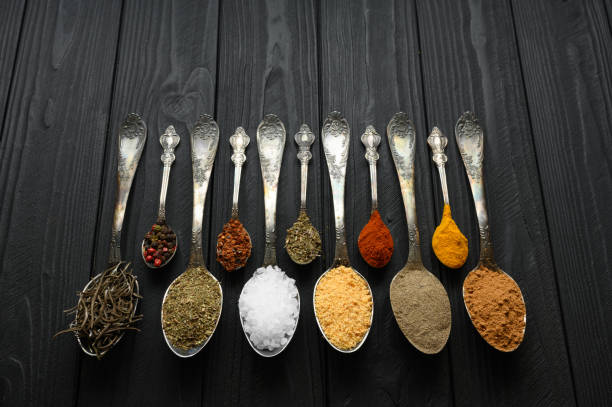
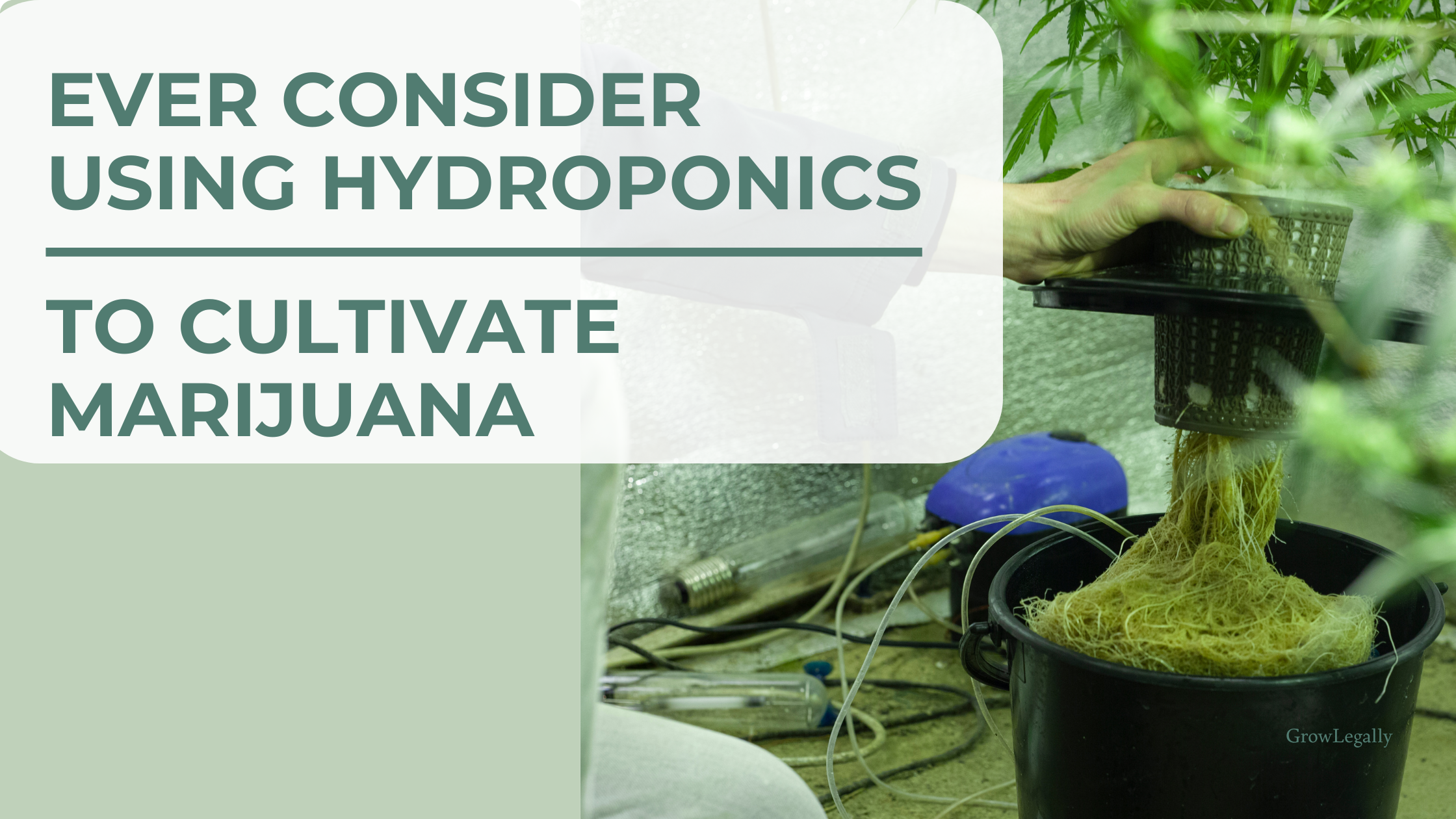
Ever Consider Using Hydroponics To Cultivate Marijuana?
Hydroponics has transformed from a niche growing technique into one of the most advanced agricultural systems in the world. By eliminating soil and feeding plants directly with nutrient-rich water, hydroponics enables growers to achieve faster growth rates, higher yields, and year-round cultivation—all while using up to 90% less water than traditional farming. In Canada, this technology is rapidly expanding across both food production and medical cannabis cultivation, reshaping how we think about sustainable agriculture.
Historically, the concept dates back to ancient civilizations. The Hanging Gardens of Babylon and the floating farms of the Aztecs both used water-based growing systems to sustain crops without soil. Modern hydroponics, however, began to take shape in the 1930s when Dr. William Frederick Gericke from the University of California demonstrated how to grow full-sized tomato plants in nutrient solutions. During World War II, the U.S. military used hydroponics to produce fresh vegetables for troops stationed on remote islands. This marked the beginning of hydroponics as a scalable, reliable food source.
Today, hydroponic farming is driving innovation worldwide. Mega-facilities such as AeroFarms in New Jersey and Plenty in California use vertical farming structures, LED lighting, and robotic automation to grow millions of pounds of leafy greens each year. In Canada, large-scale hydroponic operations supply grocery stores with lettuce, herbs, and microgreens year-round, even during harsh winters. Controlled environments allow Canadian growers to overcome limited arable land and unpredictable weather while maintaining consistent quality and yield.
Beyond vegetables, hydroponics is revolutionizing medical cannabis cultivation. Under Health Canada’s ACMPR and commercial cannabis licence programs, growers use hydroponic systems to precisely control environmental conditions, ensuring that every plant receives the exact balance of nutrients, light, and oxygen. This level of precision results in consistent cannabinoid profiles and reduced contamination risks. For patients holding a medical cannabis grow licence, hydroponic setups make it easier to produce clean, potent, and personalized medicine. Veterans and patients managing chronic pain or PTSD benefit greatly from this approach, as hydroponics ensures stable access to safe, high-quality cannabis for treatment.
Modern hydroponic systems have become increasingly sophisticated. Automated nutrient dosing, pH balancing, and irrigation systems are now standard, often integrated with cloud-based controls and AI monitoring. Companies such as Growlink, Autogrow, and Bluelab have developed IoT platforms that let growers adjust conditions remotely. Advanced LED lighting systems provide full-spectrum control to optimize plant growth at each stage, while robotic arms and conveyor systems streamline large-scale production. Even home growers are now adopting smart hydroponic units that self-regulate nutrients and light, making this once-complex method accessible to anyone.
Common hydroponic systems include deep-water culture (DWC), nutrient film technique (NFT), aeroponics, drip irrigation, and ebb-and-flow setups. Each method has unique advantages depending on the crop type. Vertical farming systems and modular container farms are also emerging as sustainable urban solutions, bringing fresh produce closer to consumers and cutting transportation costs.
As cities grow and environmental pressures increase, hydroponics offers a sustainable, data-driven path forward. It reduces waste, conserves water, and enables year-round cultivation of food and medicine in nearly any climate. Whether for leafy greens, tomatoes, or medical cannabis, hydroponics represents the next evolution of agriculture—a balance between technology, science, and sustainability that ensures a cleaner, healthier future for all.
To learn more about medical cannabis licensing, hydroponic cultivation, or patient education in Canada, visit GrowLegally for trusted guidance and support.
Previous Post
Next Post

Storing Medical Cannabis – Learn how to properly store your cannabis and keep its potency strong.
Go To Post
Before Acquiring Medical Marijuana, Here Are 2 Questions That Your Doctor Is Likely To Ask You (Plus a Bonus One!)
Go To Post

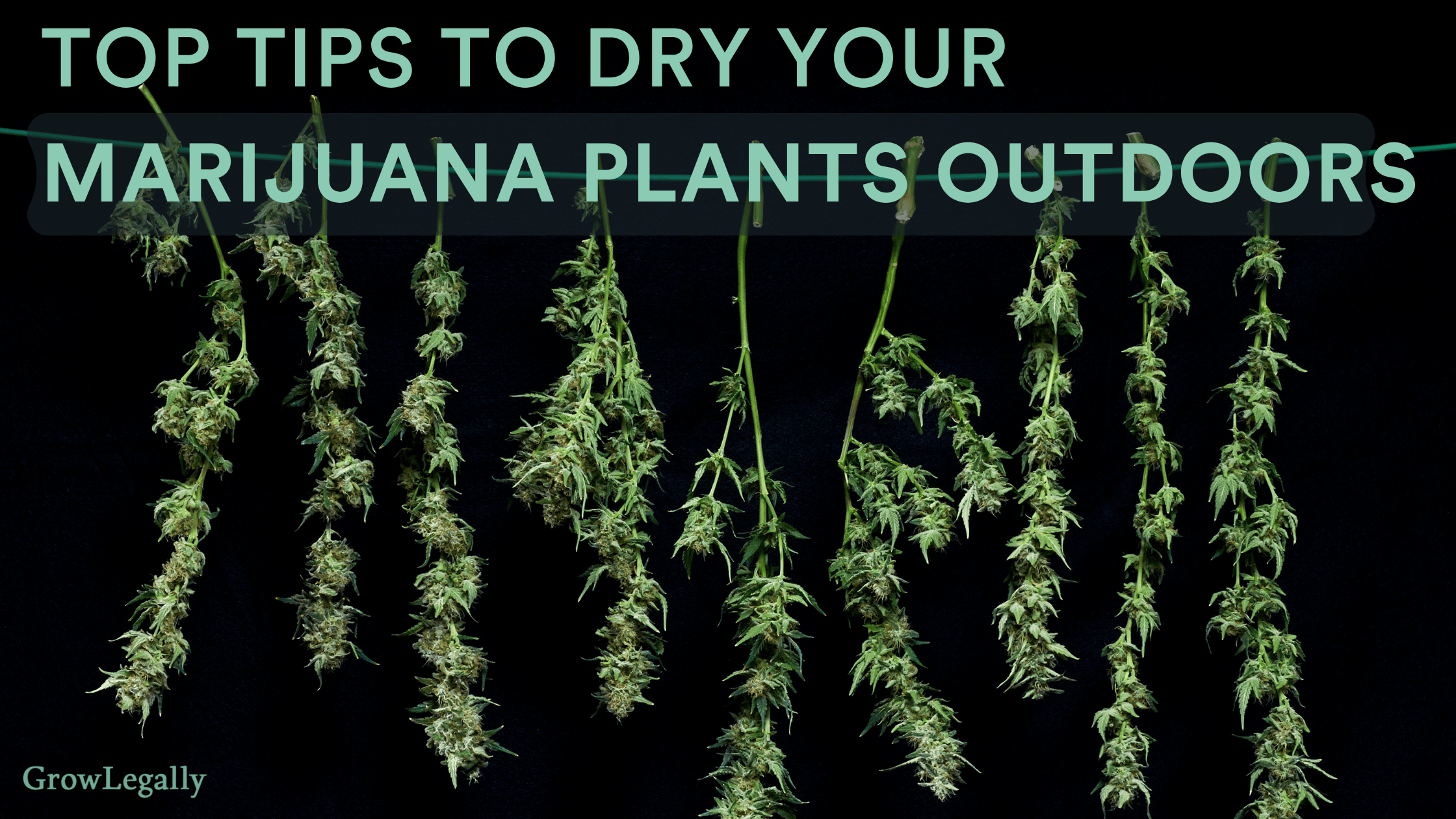
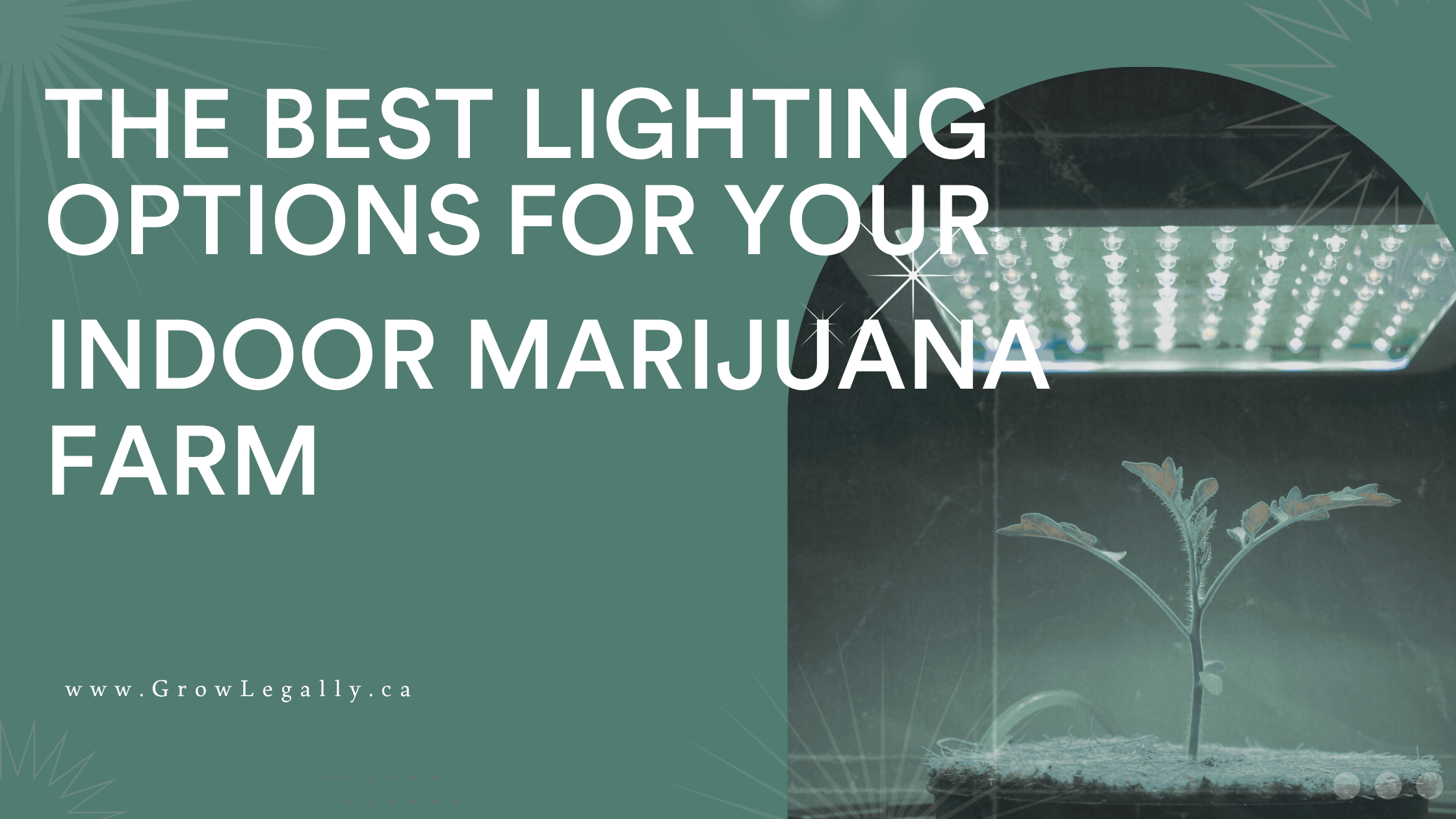
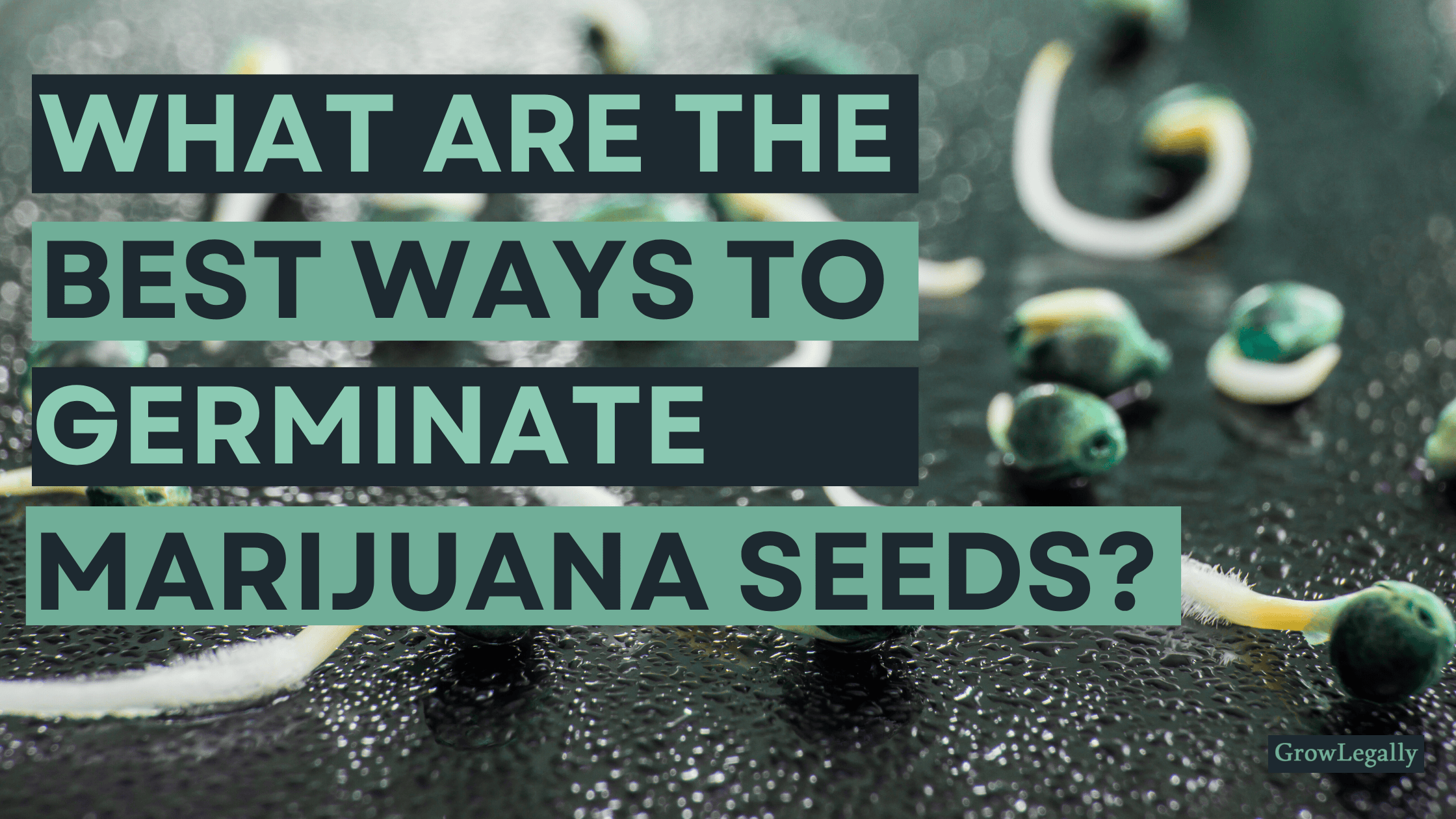
.png)



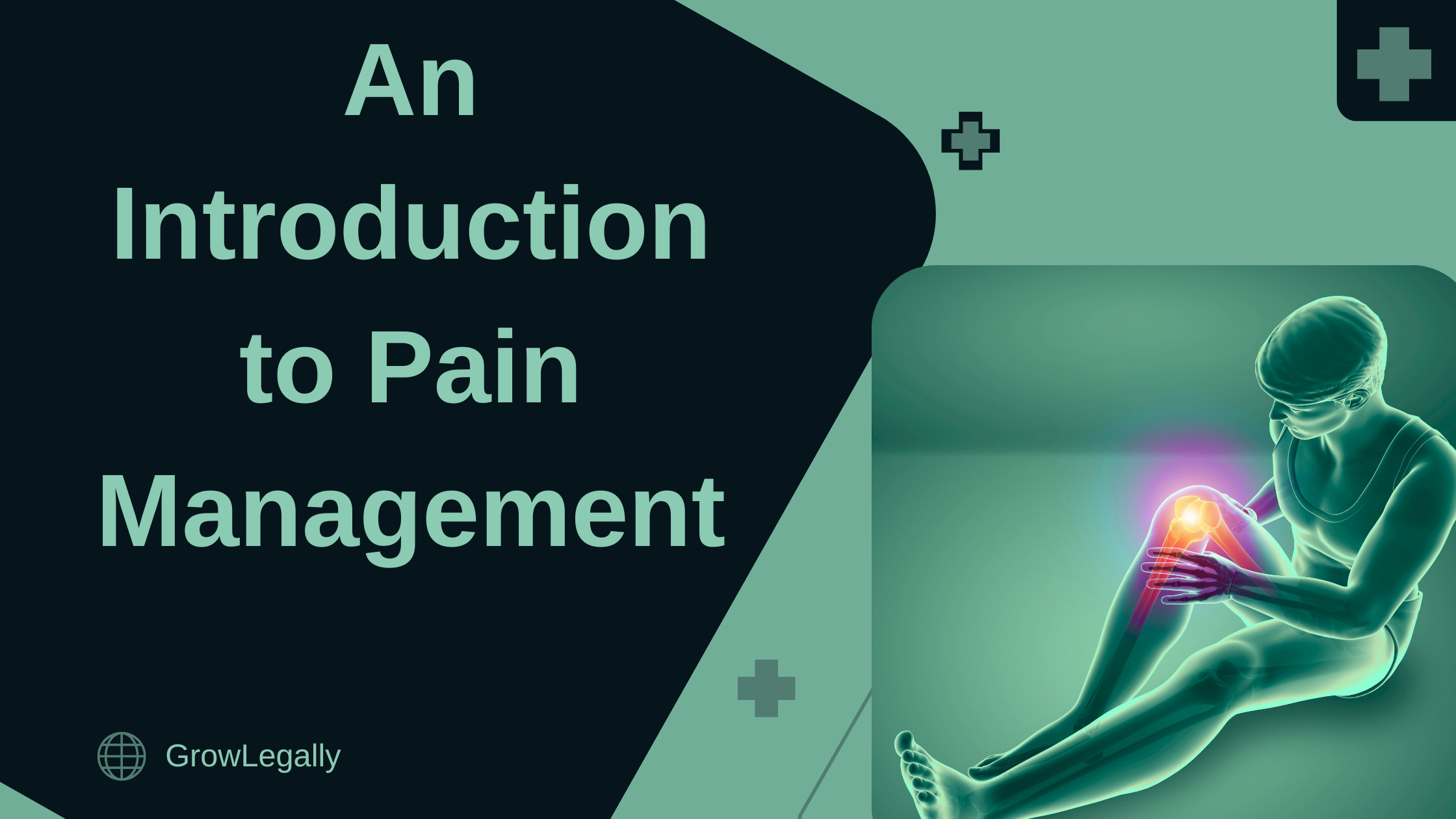



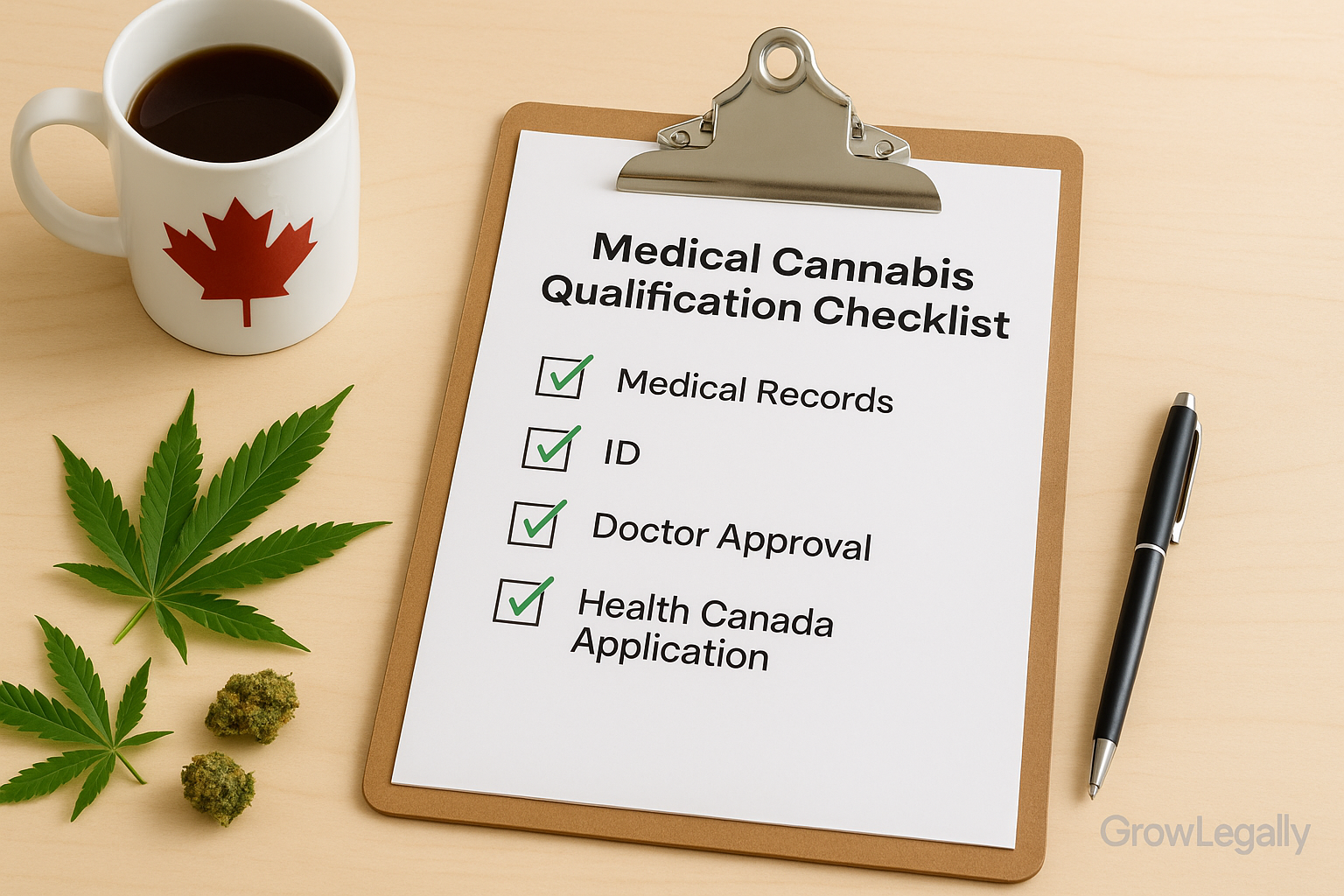
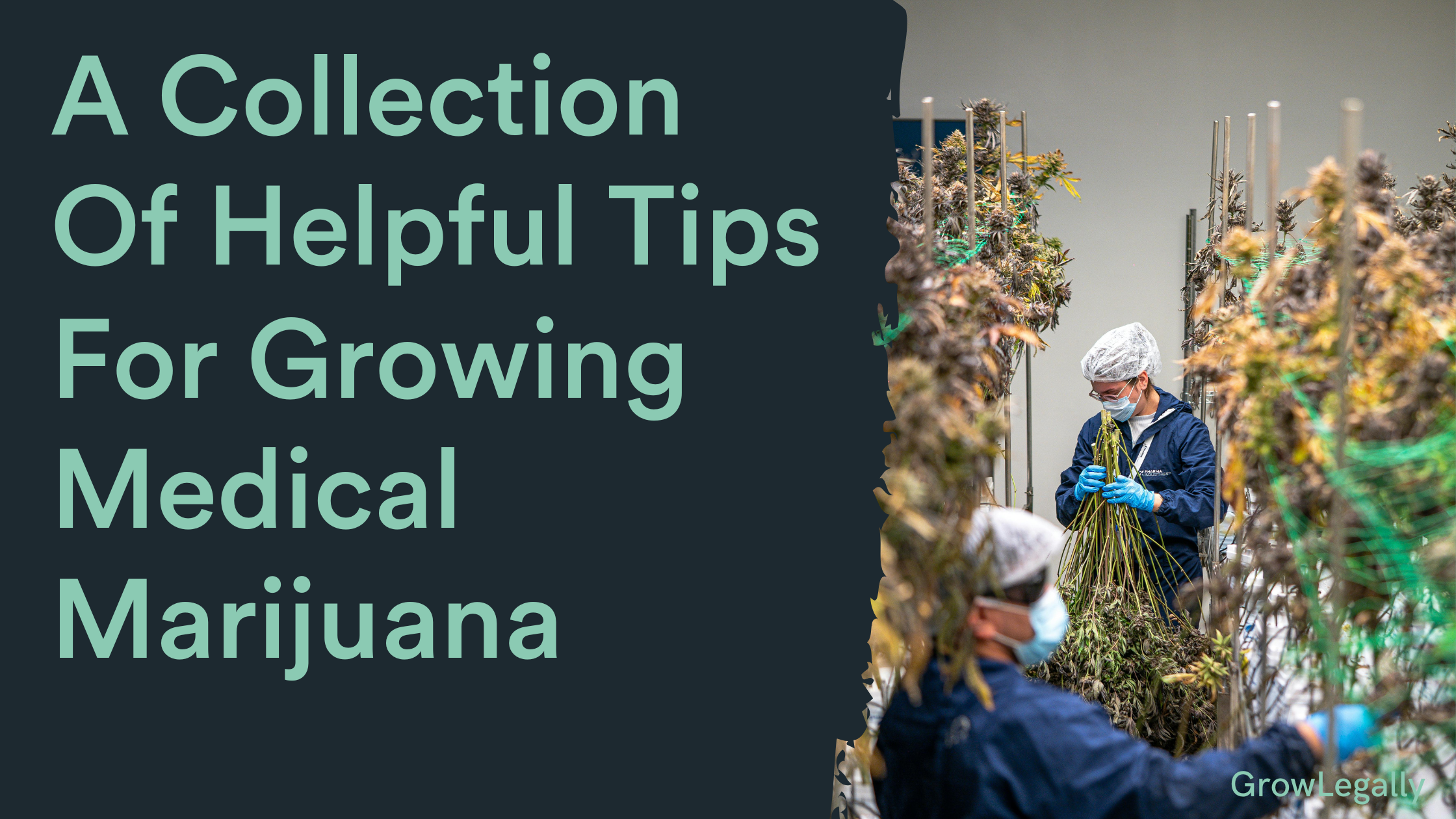

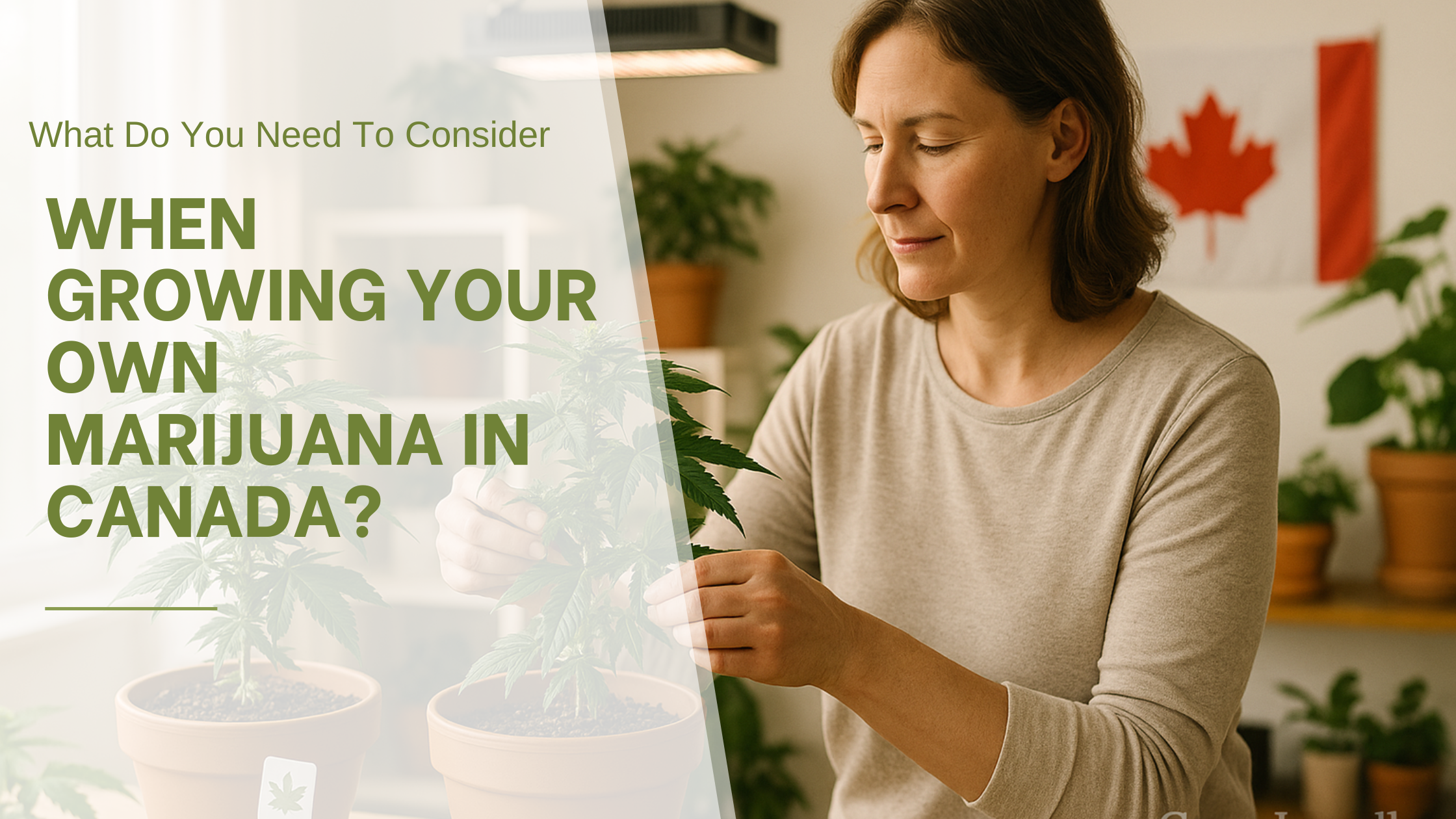


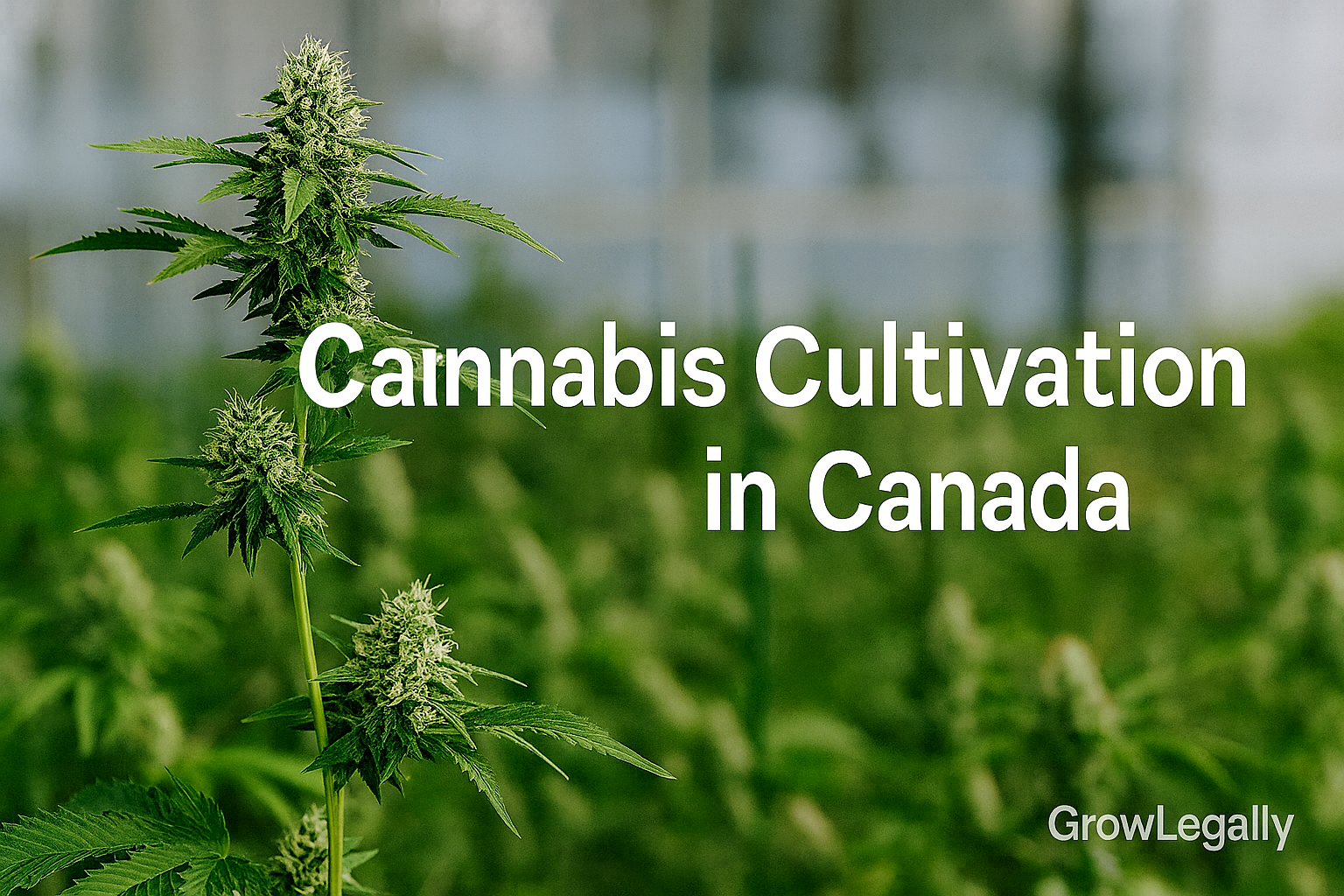
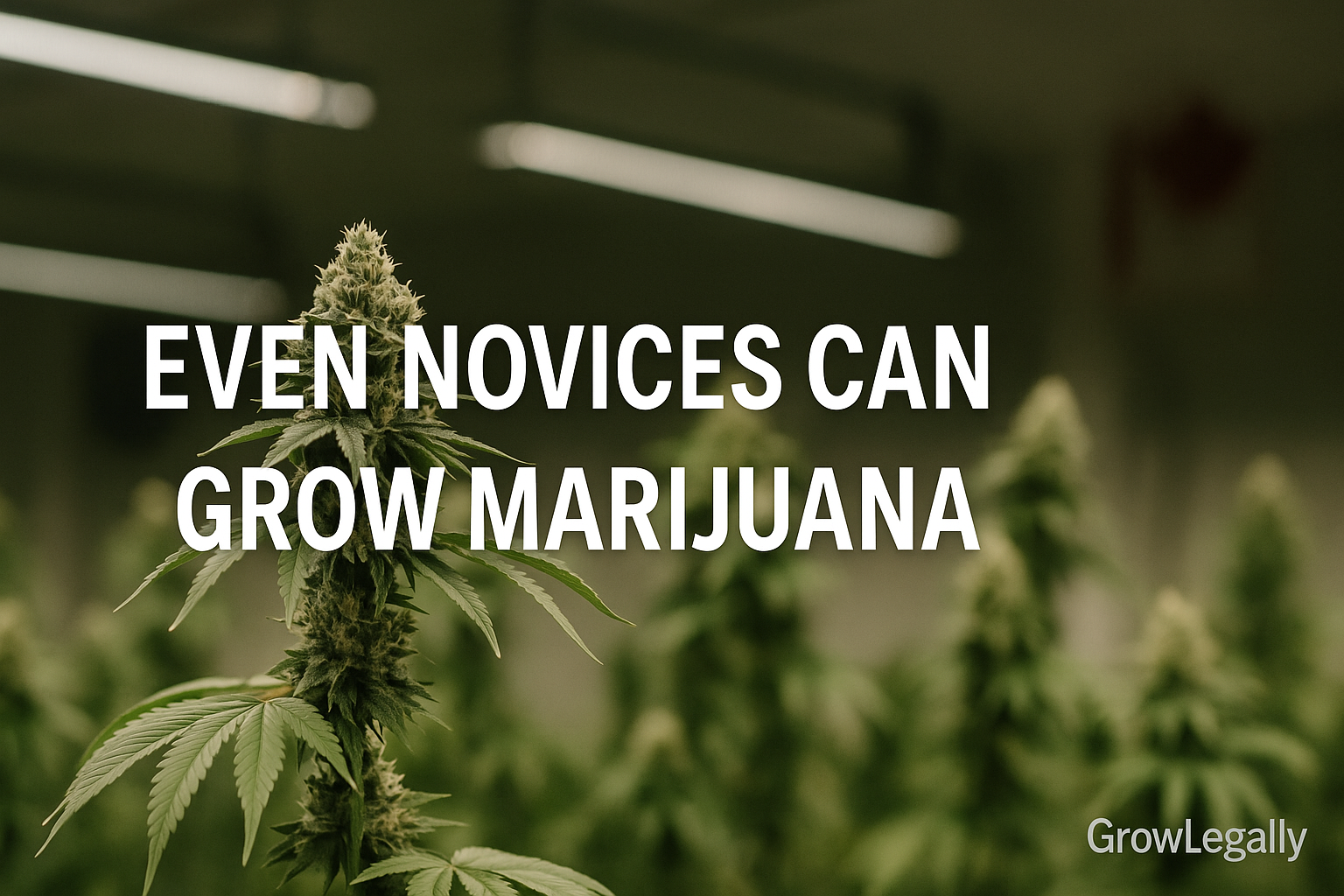




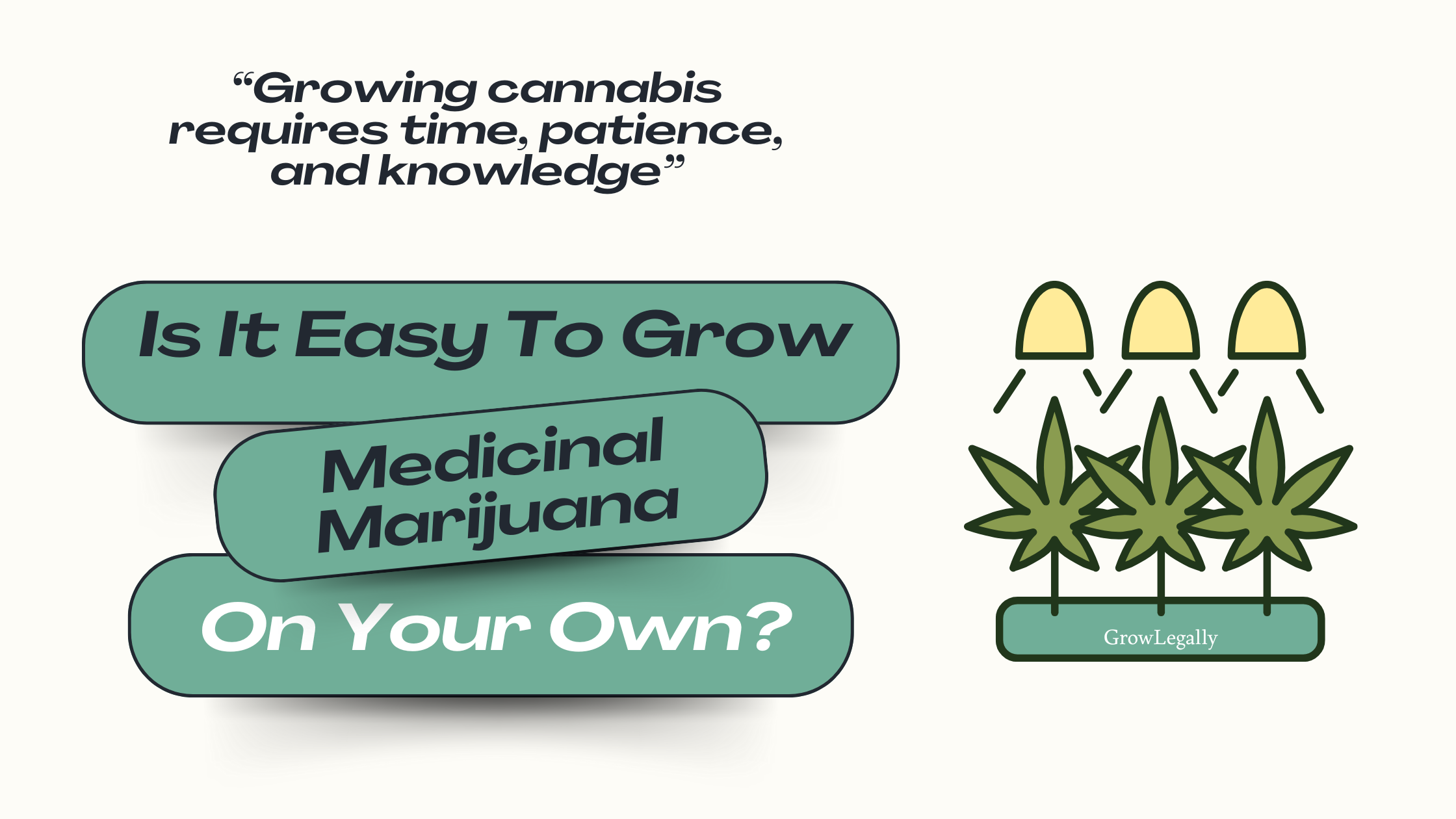






















.png)

















































.png)
















